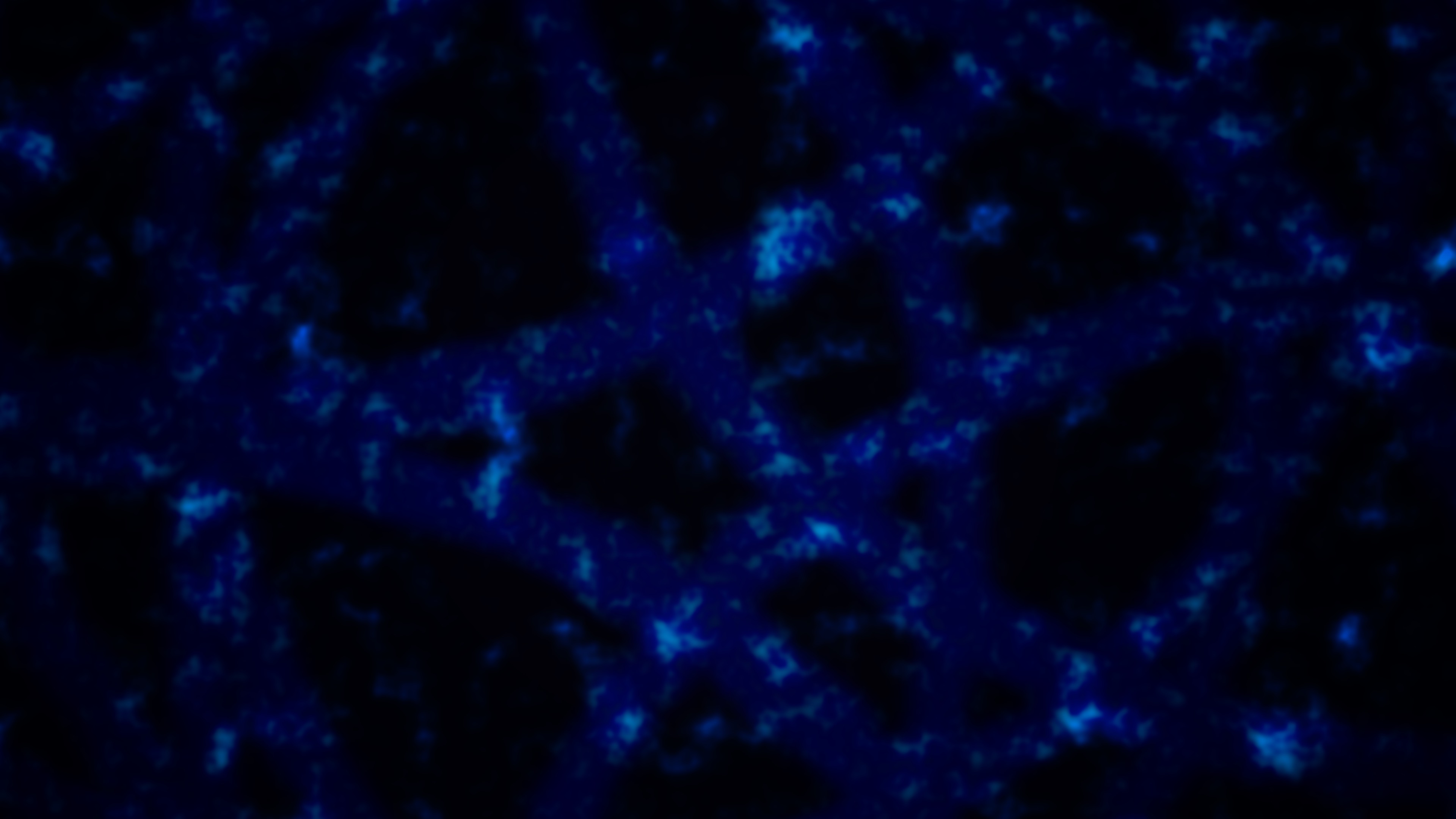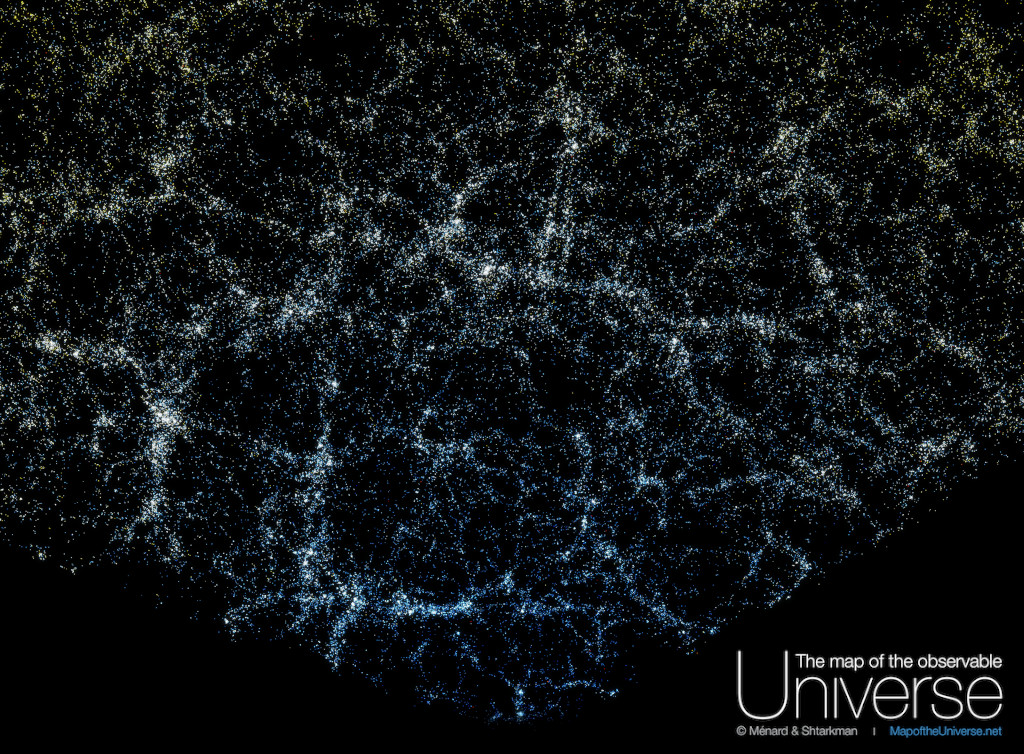Imagine peering into the cosmic tapestry and discovering that one of its most mysterious threads—dark energy—might be losing a bit of its strength. In a narrative that feels almost like a detective story writ large across the heavens, the Dark Energy Spectroscopic Instrument (DESI) team has just turned a new page in our understanding of the universe. Their latest observations, drawn from an astounding 18.7 million celestial objects, hint that dark energy—previously thought to be a constant, unyielding force—might actually be waning over time.

A Cosmic Mystery Unfolds
The story begins in the twilight of the 20th century when astronomers were stunned to learn that the universe isn’t merely expanding—it’s doing so at an accelerating pace. To explain this acceleration, scientists invoked dark energy, an enigmatic force that makes up roughly 70% of the universe. For decades, the popular Lambda-CDM model painted a picture of dark energy as a uniform, eternal constant—a cosmic glue ensuring that the fabric of space stretched ever more rapidly. But as anyone who’s ever unraveled a mystery knows, the deeper you dig, the more questions emerge.
Did you know that the universe is primarily composed of mysterious components? Approximately 68% of the universe is made up of dark energy, which drives its accelerating expansion. Another 27% consists of dark matter, invisible matter that influences gravitational forces but doesn't interact with light. Meanwhile, ordinary baryonic matter, which includes everything we can see like stars and planets, accounts for only about 4.9% of the universe's total composition. This means that nearly 95% of the universe is comprised of these enigmatic dark components, leaving us with much to discover about the cosmos.
Table: Overview of the Lambda-CDM Model, its components, assumptions, successes, and challenges.
| Category | Description |
|---|---|
| Key Components | - Lambda (Λ): Dark energy driving accelerated expansion (~70% of energy density). |
| - Cold Dark Matter (CDM): Non-relativistic matter forming large-scale structures (~25%). | |
| - Ordinary Matter: Baryonic matter like protons and neutrons (~5%). | |
| Assumptions | - Cosmological Principle: Universe is homogeneous and isotropic on large scales. |
| - General Relativity: Governs spacetime and energy interactions. | |
| - Flat Universe: Supported by cosmic microwave background (CMB) observations. | |
| Successes | - Matches CMB observations (e.g., Planck mission). |
| - Predicts primordial nucleosynthesis and light element abundances. | |
| - Explains galaxy distributions and baryon acoustic oscillations. | |
| - Accounts for accelerated expansion observed in distant galaxies and supernovae. | |
| Challenges | - Discrepancies in Hubble constant ( H_0 ) measurements. |
| - Unexplained properties of dark matter particles. | |
| - Deviations in galaxy rotation curves and other phenomena. |
DESI: Mapping the Universe’s Greatest Secrets
Enter DESI, the astronomical equivalent of an all-seeing, state-of-the-art detective equipped with 5,000 fiber-optic “eyes”. Over the span of several years, DESI is tasked with the Herculean duty of mapping millions of galaxies across a distance that spans over 20 billion light-years. On March 19, 2025, after three years of painstakingly gathering data, the DESI team unveiled their latest findings. Their strategy was elegant—by measuring the rhythmic “bubbles” in the cosmic web, known as baryon acoustic oscillations (BAO), scientists can chart the universe’s expansion like a cosmic speedometer.
Table: Summary of Baryon Acoustic Oscillations (BAO) - Formation, Characteristics, and Cosmological Importance
| Aspect | Description |
|---|---|
| Formation | Acoustic waves in the early universe propagated through a primordial plasma of photons and matter. |
| Epoch of Recombination | ~380,000 years after the Big Bang, the universe cooled, allowing photons to decouple and "freeze" the waves. |
| Scale | The maximum distance traveled by the waves is ~150 Mpc (490 million light-years today). |
| Standard Ruler | BAO provide a fixed scale for measuring cosmic distances and mapping the universe's expansion. |
| Dark Energy Studies | BAO data help constrain cosmological parameters and improve understanding of dark energy. |
| Galaxy Distribution | BAO leave an imprint on galaxy clustering, enhancing galaxy pair separations at ~150 Mpc. |
| Observational Evidence | Detected in galaxy redshift surveys and cosmic microwave background (CMB) data. |

Clues Point to a Changing Force
The first hints appeared in DESI’s earlier data, where some anomalies left researchers wondering: Could dark energy be evolving? Many were skeptical, suspecting that those early clues might simply be ghostly echoes of measurement errors. However, as more data rolled in, a more consistent story emerged. The current batch of data, which stretches the envelope far beyond earlier projects like the Sloan Survey by a factor of ten, reinforces the idea that dark energy’s grip on the cosmos might be weakening. If true, this revelation would require us to rewrite some of our most cherished cosmological conclusions—from recalculating the age of the universe to rethinking its ultimate fate.
A New Model Emerges: Enter w₀–wₐCDM
In place of the old, unchanging dark energy, scientists are now exploring a dynamic model known as w₀–wₐCDM. Picture dark energy as a seasoned actor whose performance changes with time. According to this model, as the universe expands, the energy density that once pushed the galaxies apart is gradually diminishing. The DESI data suggests this fading might be significant—a signal robust enough to reach a statistical confidence level of around 4.2 sigma. Although this isn’t quite the “5-sigma discovery” mark that physicists hold as the definitive stamp of truth, it’s undoubtedly a dramatic clue that the script of our cosmos might be more flexible than we once thought.
Table: Sigma Levels, Confidence Levels, and Probability of Random Chance in Physics
| Sigma Level ( \sigma ) | Confidence Level | Probability of Random Chance | Description |
|---|---|---|---|
| 1 Sigma ( 1σ ) | 68% | 32% | Results likely due to random variation; not considered statistically significant. |
| 2 Sigma ( 2σ ) | 95% | 5% | Moderately significant; still a notable chance of being random. |
| 3 Sigma ( 3σ ) | 99.7% | 0.3% | Highly significant; often used as preliminary evidence in physics. |
| 5 Sigma ( 5σ ) | 99.99994% | ~0.00003% | Gold standard for discoveries in particle physics; extremely low chance of randomness. |
The Plot Thickens: New Challenges on the Horizon
As with any great story, new revelations come with their own puzzles. The dynamic dark energy model, despite its promising fit to the observational data, isn’t without challenges. For one, it struggles to reconcile all cosmic measurements—most notably, the infamous Hubble tension, which is the disagreement between different methods of measuring the universe’s expansion rate. Additionally, in certain conditions, this model hints at “phantom energy,” a theoretical possibility that could lead to bizarre and violent future scenarios. And yet, these issues only serve to deepen the intrigue, offering fertile ground for future research and debate.
Did you know that the "Hubble Tension" is one of modern cosmology's biggest mysteries? It refers to a puzzling disagreement in the measured value of the Hubble constant (
H_0), which describes how fast the universe is expanding. Observations of the early universe, like the Cosmic Microwave Background, suggest a slower expansion rate (67.4 , \text{km/s/Mpc}), while measurements of the local universe using stars and supernovae indicate a faster rate (73.2 , \text{km/s/Mpc}). Despite precise methods, these results don't match, hinting at either hidden errors or gaps in our understanding of dark energy, dark matter, or cosmic evolution. Scientists are calling it a "crisis" that could lead to groundbreaking discoveries about the universe!
Did you know that "phantom energy" has two fascinating meanings? In cosmology, it refers to a hypothetical form of dark energy that could accelerate the universe's expansion to catastrophic levels, potentially leading to a "Big Rip." On the other hand, in everyday life, phantom energy is the electricity consumed by electronic devices even when they're turned off or in standby mode, often referred to as "vampire power." This can account for a significant portion of household energy usage. By understanding and addressing both types of phantom energy, we can explore the mysteries of the universe and reduce unnecessary energy consumption at home.
A New Chapter in Our Cosmic Story
While it’s too early to declare the old Lambda-CDM model obsolete, the DESI team's findings have undoubtedly provided us with a tantalizing glimpse of a more dynamic and evolving cosmos. As DESI continues to gather ever more precise data—aiming ultimately to map 30 to 40 million galaxies—the scientific community stands at the threshold of a new paradigm. In this unfolding saga of discovery, every new observation is a stepping stone toward a more complete picture of the universe—a cosmic drama where the mysteries of dark energy continue to captivate and challenge our understanding.

In the grand tradition of science storytelling, these developments remind us that the universe is not a static backdrop but a living, evolving story—and we are its eager audience, continually inspired to turn the next page.
